Crohn’s Disease Treatment Options
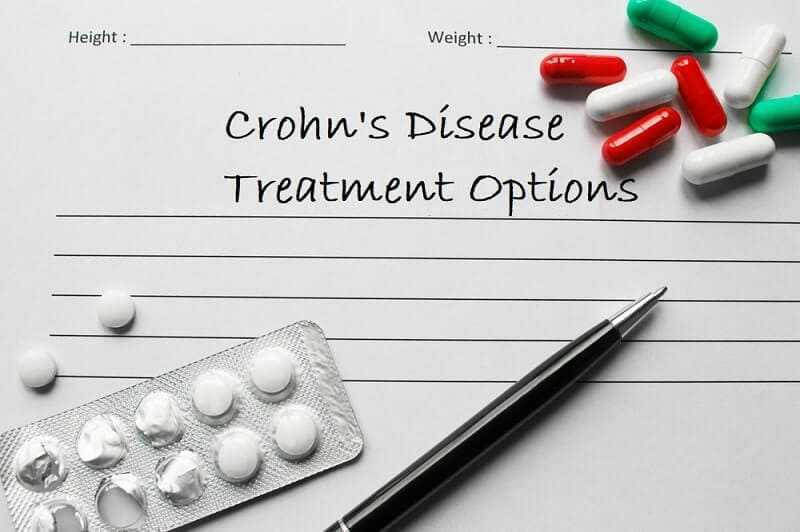
Immunomodulators
This class of medications work off the theory that Crohn’s is an autoimmune disease. It is thought that by reducing the strength of the immune system itself, the processes that cause the disease will also be weakened, resulting in reduced symptom occurrence.
Immunomodulators include 6MP and azathioprine, and while they may have some effect on alleviating the signs of Crohn’s disease, they also leave the body open to attack from sources that are unrelated to the disease.

Drugs like these are not miracle cures, and they may even take several weeks or months to become effective. Altering a function within the body like the immune system is a major undertaking, and one which shouldn’t happen overnight if you wish to do so in at least a relatively safe manner.
Corticosteroids
Of all the drugs you’ll ever take for Crohn’s disease, corticosteroids are probably the biggest double-edged sword. They’re often used in emergency and acute situations to rapidly reduce swelling and inflammation in the body, but their use is associated with some of the worst side-effects of any medication.
Corticosteroids produce a synthetic version of a hormone called cortisol that your body naturally produces. Patients taking corticosteroids can experience less serious symptoms such as weight gain, ravenous hunger, bloating or swelling, also called “moon face,” mood swings and irritability.

More long-term therapy using corticosteroids has been linked with diabetes, osteoporosis and bone density loss, stomach ulcers, bruising, depression, and at the very worst adrenal suppression. This is when your adrenal glands become so used to the large amounts of synthetic cortisol your body is taking in that they stop producing it themselves.
This is a very serious class of drugs, and the exact course of medication prescribed by your doctor should be followed if and when you take them.
Anti-Diarrheal
Your doctor may prescribe an anti-diarrheal to help control some of your symptoms. There are a few different types of drug that fit this classification; the most common over-the-counter variety of these is loperamide, which is most commonly known under the brand name Imodium.
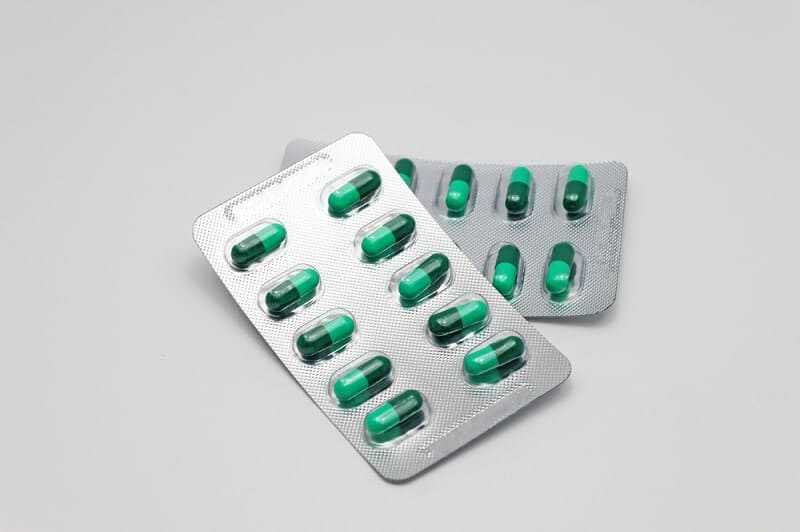
Loperamide works by slowing down the processes of the large and small bowel, which results in food matter being held in the system for longer periods of time and greater amounts of water being absorbed into the body. This action not only helps the consistency of bowel movements, but may also reduce the number of bowel movements a Crohn’s patient may experience daily.
Another medication prescribed for diarrhea in Crohn’s patients is cholestyramine, which is marketed under the name Questran or Questran Light (the sugar free version). This medication is normally prescribed for patients with high cholesterol, as its function also binds lipids and helps to control them in the body
Cholestyramine may be prescribed post-resection, as the patient’s newly joined segments of bowel may not yet have adapted to their new role and will require help in the absorption of water from the bowel.
Aminosalicylates
Several varieties of aminosalicylates exist, both in brand name and in their active ingredient. Balsalazide disodium is branded Colazal, while olsalazine sodium is known as Dipentum and sulfasalazine goes by Azulfidine. The drug mesalamine has several brand names, including Rowasa, Pentasa, Asacol, and Lialda.
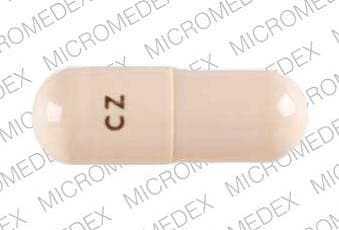
Aminosalicylates are considered “maintenance” drugs for Crohn’s patients, and include both orally and rectally administered treatments. They act by reducing inflammation in the gut and many are intended for long-term use in patients. Some have side-effects that mimic Crohn’s-like symptoms, so care should be taken between patient and doctor to adjust dosages periodically as the disease level warrants.
Certain versions of these medications are used to treat disease in specific portions of the gastrointestinal tract; for example, Colazal is a timed-release medication that treats inflammation primarily in the large bowel. Enema and suppository versions of these medications are used for disease affecting the lower portion of the large bowel.
Antibiotics
For those that believe Crohn’s is caused by a parasite or bacteria, or in cases where the body has become overrun with infection, antibiotics can completely flush the system of these harmful organisms.
Problem is, there are good bacteria that live in your gut, and antibiotics destroys them too. So it’s less like weeding a garden and more like burning the whole thing. Then both the good and the harmful bacteria have to start from scratch when they rebuild their colonies again.

If you put the right stuff back into your gut by not eating junk food and creating the opportunity for beneficial bacteria to grow by eating foods like yogurt, which contains live bacterial cultures, you can come off a course of antibiotics on the right foot.
Biologic Therapy
This newer class of medication works by blocking TNF-alpha, a chemical in your body that causes inflammation. There are several varieties of this type of drug that are taken in different ways and are made by different methods.
Remicade
This was the first drug of this type to be approved for use in Crohn’s patients. It is administered as an infusion, meaning they hook you up to an IV drip and dilute it in a bag of saline so that it enters your bloodstream slowly over the course of several hours.
An infusion of Remicade can last six to eight weeks, but it takes anywhere from 3 to 5 hours to take a dose. It can be very effective if used regularly, but if you go off of the medication for several months or years like I did, your body can build up antibodies to it and you can have a serious reaction to it (like I did).
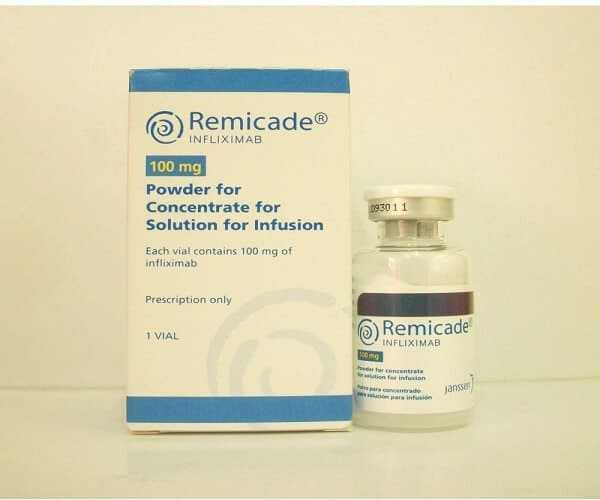
I had started up Remicade infusions after being off the drug for over a year, and my first infusion had gone over without a hitch. But just minutes into my second infusion I started seeing spots. Then I began feeling light-headed, flushed, and nauseous.
My lower back began to tingle, then pain trickled up my spine. It grew until it was almost unbearable. And this all was happening after the nurse had stopped the drip, so the medicine was no longer going into my body.
After what seemed like several minutes, the symptoms started to subside, but I was off of Remicade for good. Don’t be afraid to start Remicade just because of my horror story here. For the several months I was on it the first time it worked wonderfully for me.
Humira
This is a drug that I currently take and have been taking for almost two years. It comes as either a syringe or a self-injector that you can administer yourself. You can of course go into the doctor’s office and have them do it, or have a spouse or trusted friend or parent do it if you’re that uncomfortable stabbing yourself with a needle, but I’ve found it most easy and convenient to administer the drug myself.
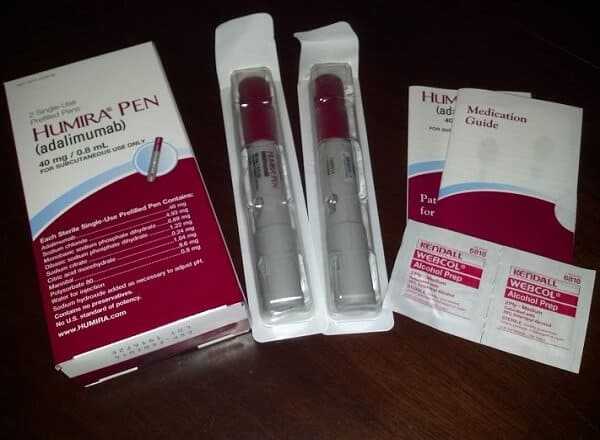
Humira is generally taken once every two weeks, and takes just seconds to prepare and inject. I receive the drug by mail order and it comes in a big white box that has a styrofoam container with ice packs inside it to keep the drug cool. It has to be kept in the fridge when it’s not being used.
After having used Humira for so long, I feel that it works best in the week or so after each injection, then gradually wears off over the following week, until the next one. Overall I believe it improves my condition and has served as a useful maintenance drug to keep me in remission.
Others
There are at least two other biologic treatments approved for Crohn’s currently, but since I’ve never used either I don’t feel as if I’m qualified to write about them specifically. I believe one is a shot, like Humira, and the other an infusion, like Remicade.
Acupuncture
Acupuncture is a traditional Chinese medical therapy used to treat a vast array of ailments. The procedure is performed by inserting long, extremely thin needles into various points in the body.
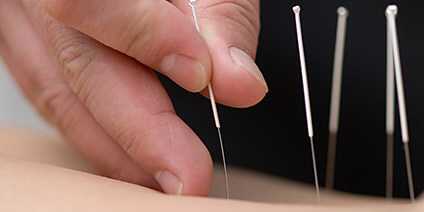
These points are charted out along lines in the body called meridians, and the presence of acupuncture needles for a duration of time is thought to free these zones and allow vital energy to flow more freely through the body. According to the theory behind acupuncture, there are twelve of these meridians that are considered to be central pathways for this vital energy, called Qi, along with eight extra meridians that control the ‘Extraordinary Pathways.’ Any of these can be tapped with filiform needles in order to release Qi, but it is primarily the twelve main plus two of the extra meridians that are accessed in most forms of treatment. Each of the twelve main channels corresponds to an organ of the human body.
Related Article
This type of treatment is generally used in the treatment of chronic or ongoing conditions, ranging from auto-immune diseases to migraine headaches and localized pain.




